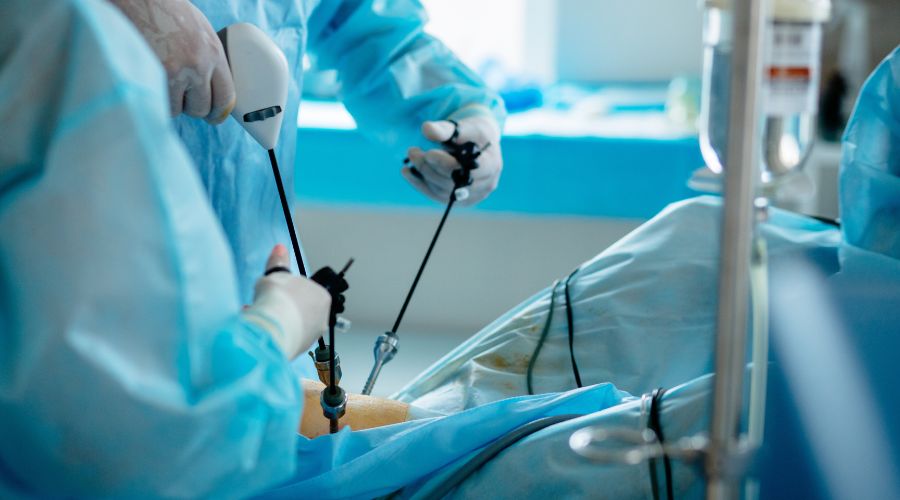Hernias are not dangerous in and of themselves. However, if the contents of the hernia – usually intestinal tissue – get stuck within the hernia defect, this can lead to an emergency. There are two critical concerns: First is incarceration, when a hernia cannot be reduced back into the abdomen either by lying down or gently pushing on the protruding tissue. This means that the musculature and tissue around the hernia are tightly surrounding the organ. This can lead to strangulation, meaning blood flow is cut off to the hernia contents. If this is not addressed emergently (within a few hours) the trapped tissue can die. In the case of intestinal tissue, this would require not only hernia surgery to repair the defect but also a colectomy or colon resection to remove the diseased, dead portion of the large intestine.
There are various forms of hernias and they are generally classified by either their location in the abdomen or what caused the hernia:
- Inguinal or groin hernias occur mostly in men and happen in or around the lower-left or lower-right crease of the groin where the abdomen meets the legs. Groin hernias can be present on both sides of the body at the same time – known as bilateral inguinal hernias.
- Femoral hernias present mostly in women and tend to protrude into the upper thigh
- Umbilical hernias occur at the belly button and are often caused by pregnancy, congenital factors, or excess weight
- Incisional hernias occur as a result of a puncture, usually from surgery, that reopens due to pressure from the abdomen
- Hiatal hernias are not true abdominal hernias. This is where the hiatus — or hole through which the diaphragm passes, enlarges, usually due to excess weight, allowing the upper part of the stomach to push through and often causing acid reflux
- It is also important to mention sports hernias which are tears in the soft tissue and not a hernia proper. Typically, however, sports hernias are repaired in the same way as inguinal hernias and mimic many of their symptoms




